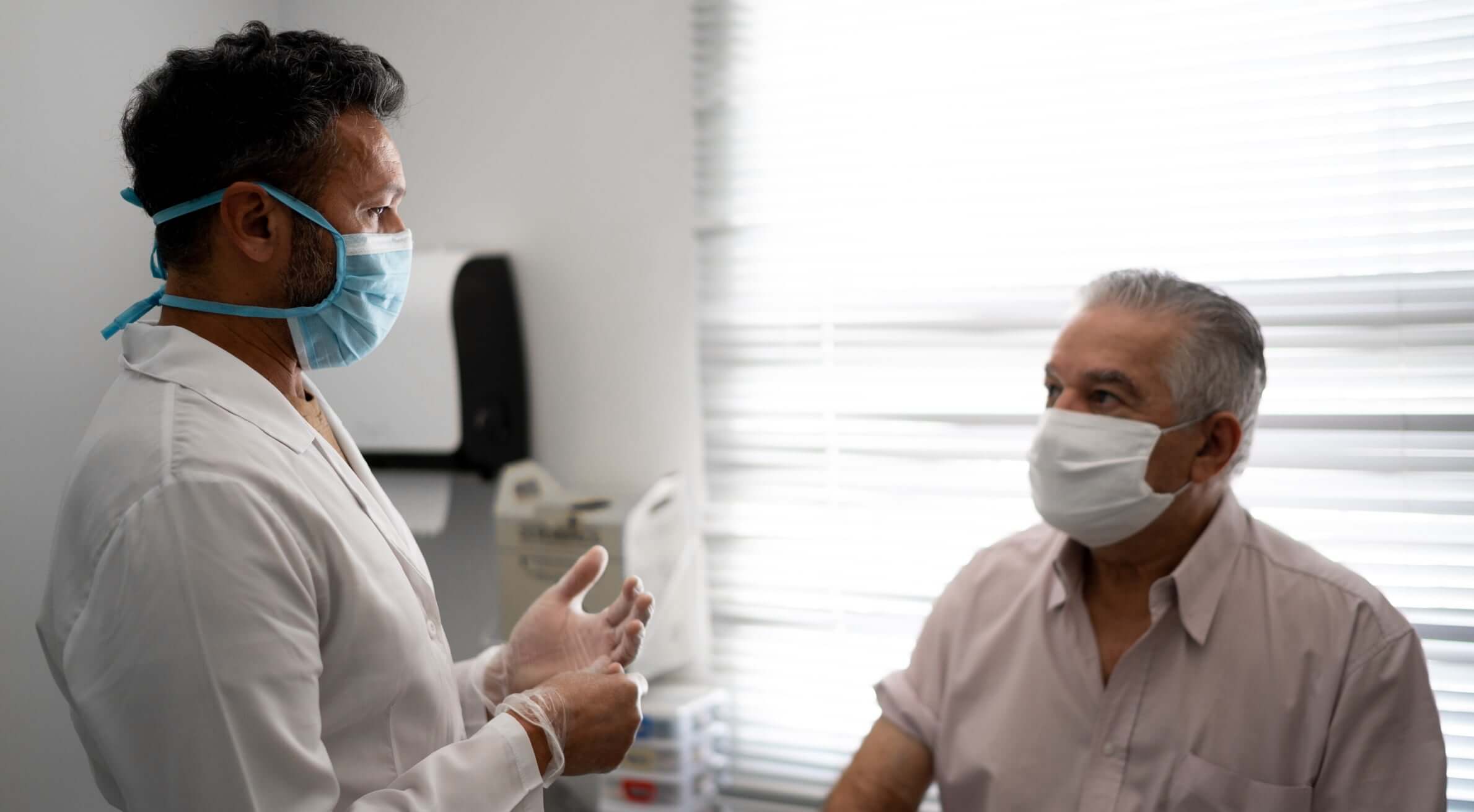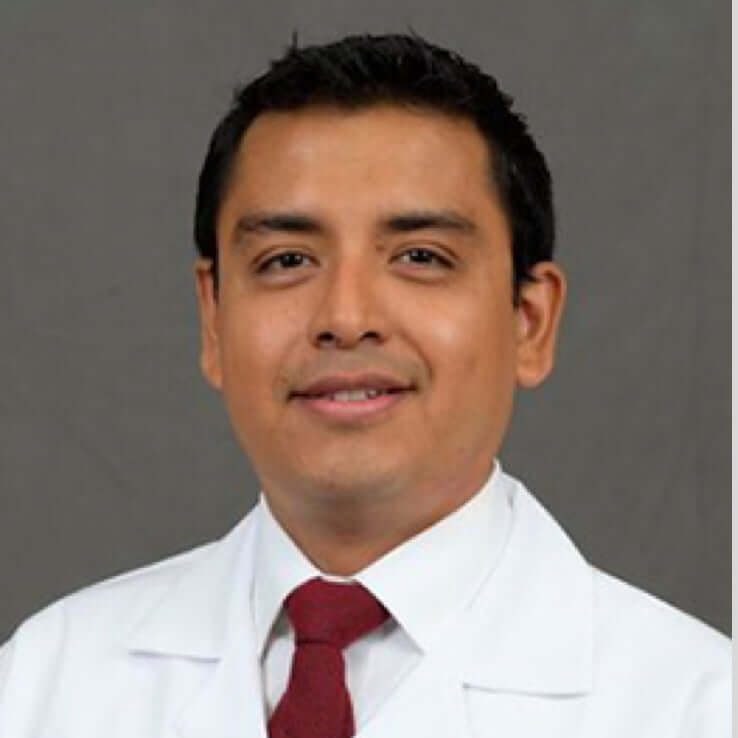New study fuels debate about the Latino Epidemiological Paradox in the U.S.

Olveen Carrasquillo, MD, MPH Chief, Division of General Medicine – University of Miami;
Miller School of Medicine Principal Investigator – All of Us Research Program at University of Miami;
Participant Engagement Lead – All of Us Research Program’s Southeast Enrollment Center (SEEC)
Raúl Montañez-Valverde, MD Resident, Internal Medicine – Jackson Memorial Hospital at University of Miami
Evidence about the Latino Epidemiological Paradox in the All of Us Research Program
On average, individuals of Latin American origin living in the United States tend to have lower income and education levels than non-Hispanic whites. However, on many measures of population health—including cardiovascular disease (CVD)—previous studies have found equal if not better health outcomes in the Latinx population. The validity of this anomaly, known as the Latino Epidemiological Paradox, has been a matter of debate for years, but few datasets have been large or diverse enough to draw generalizable results.
With over 40,000 Latinx individuals from around the country participating in the All of Us Research Program, it currently houses the largest Latinx cohort of its size. Drs. Olveen Carrasquillo and Raúl Montañez-Valverde, two researchers from the University of Miami who identify as Latinx, were inspired by the diversity of the All of Us dataset—which currently includes more than 300,000 survey results, 200,000 electronic health records (EHRs) and physical measurements, and 11,000 data points from wearable devices—to conduct a long-term study looking for evidence of the Latino Epidemiological Paradox in cardiovascular outcomes.
“I consider myself a Latino/Hispanic physician, part of a uniquely vibrant community that appraises values like solidarity, hard work, resilience, and creativity to overcome challenges. The All of Us Research Program represents not only a platform for me to channel my scientific curiosity and intellectual activity but it also served as the philosophical and emotional opportunity to reconnect with my cultural roots.”
– Dr. Raúl Montañez-Valverde
Their research team began by identifying both Hispanic/Latinx participants and non-Hispanic participants with CVD across the dataset. They then calculated age-adjusted CVD by focusing on adults older than 18 with heart failure, myocardial infarction, coronary arteriosclerosis, or heart disease—as captured in their EHR. In contradiction to the paradox, Drs. Carrasquillo and Montañez-Valverde found that Latinx participants in the All of Us dataset actually have a higher, not lower, prevalence of CVD than white participants and, in some cases, even black participants.
What we saw clearly does not support the Latino paradox. But that’s only in this database, so for now we’re just throwing more fire on a debate that’s been raging for 25 years.
– Dr. Olveen Carrasquillo
Long-Term Vision
As the participant engagement lead of the program’s SEEC, Dr. Carrasquillo has been integral to engaging diverse participants and building trust and transparency between the program and the communities it aims to support. Moving forward, Dr. Carrasquillo and his team of early-career researchers will continue to explore the All of Us cohort for evidence of the Latino Epidemiological Paradox in diabetes and cancer prevalence. They also hope to examine the differences between Latinx subgroups, specifically looking at Latinx individuals who are born within the U.S. and those outside of the U.S.
For Dr. Carrasquillo, an expert in health disparities and a research physician for more than 20 years, the most exciting aspect of the program is its success in recruiting minorities who have been historically overlooked by medical research.
You need big datasets with high Latinx representation and large comparison groups to effectively look into this paradox. That’s what’s been missing, and that’s where All of Us comes in.
– Dr. Olveen Carrasquillo
Key Benefits of All of Us Data
Among the most notable benefits, the University of Miami team acknowledged, are the power of the data and the multicenter recruitment approach which together enable more inclusive findings. Of particular value to Dr. Montañez-Valverde were the versatility of the workbench in creating cohorts and disease definitions and the responsiveness of the support staff in addressing project-specific questions.
“The All of Us dataset is going to be one of the most powerful datasets ever assembled once genetic data is available,” noted Dr. Carrasquillo. The current dataset is already a valuable tool for trainees and early-career researchers to generate hypotheses or randomized controlled studies. And the transparency of the program’s data collection process strengthens its value. “You become a much more informed researcher when you’re privy to the methodology because you see how the data is actually connected,” he explains.
Both Drs. Carrasquillo and Montañez-Valverde caution that there is a learning curve associated with coding and programming and that the complexity of data requires some cleaning. However, they are also quick to point out that these are the same challenges inherent in any large dataset and the vast potential for discovery in All of Us far outweighs any challenges.
Subscribe to Email Updates
Sign up to receive email news and updates for the All of Us Research Hub.







